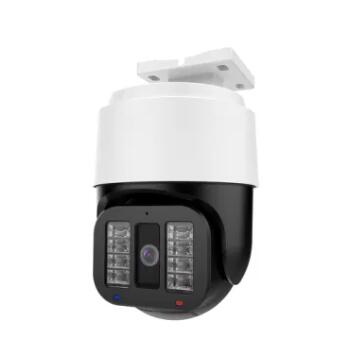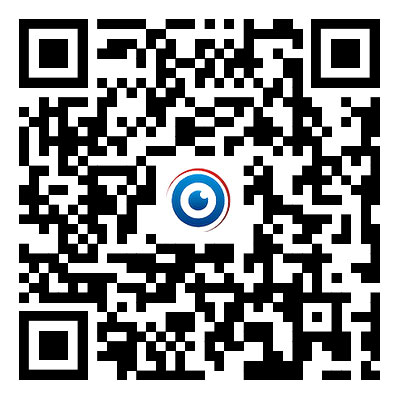The Intersection of Health and Privacy: Unraveling the Role of Surveillance in the Healthcare Industry
2023-12-22
Introduction:
In an era dominated by technological advancements, the healthcare industry has undergone a profound transformation. Among the myriad innovations, surveillance technologies have emerged as powerful tools with the potential to enhance patient care, streamline operations, and improve overall healthcare outcomes. However, this marriage of healthcare and surveillance raises critical questions about privacy, ethics, and the delicate balance between safeguarding individual rights and promoting public health.
1. Electronic Health Records (EHRs): A Foundation for Surveillance
One of the cornerstones of modern healthcare surveillance is the adoption of Electronic Health Records (EHRs). EHRs digitize patient information, offering healthcare providers instant access to comprehensive medical histories. While these records undoubtedly contribute to more informed and efficient healthcare delivery, concerns about data security and the potential for unauthorized access loom large.
2. Remote Patient Monitoring: Empowering Patients, Raising Concerns
The advent of wearable devices and remote monitoring technologies has empowered patients to actively participate in managing their health. From smartwatches that track vital signs to mobile apps that monitor medication adherence, these tools offer valuable insights to healthcare professionals. However, the collection of such sensitive data in real-time invites scrutiny regarding data ownership, consent, and the potential for misuse.
3. Surveillance for Disease Surveillance and Outbreak Prevention
Healthcare surveillance plays a pivotal role in tracking and preventing the spread of infectious diseases. Analyzing data from various sources, including hospital admissions, laboratory results, and social media, enables health authorities to identify and respond to outbreaks swiftly. Balancing the need for public safety with individual privacy remains an ongoing challenge in this context.
4. AI and Predictive Analytics: A Double-Edged Sword
Artificial Intelligence (AI) and predictive analytics hold promise in revolutionizing healthcare by identifying patterns, predicting diseases, and optimizing treatment plans. However, the deployment of these technologies necessitates large datasets, raising concerns about the anonymization of patient information and the potential for algorithmic bias.
5. Telemedicine and Video Consultations: Bridging Gaps, Introducing Vulnerabilities
The surge in telemedicine and video consultations during the COVID-19 pandemic showcased the potential of technology in expanding healthcare access. Yet, the virtual realm introduces new challenges, including the security of video calls, the protection of patient information, and the need for robust cybersecurity measures.
6. Legal and Ethical Considerations in Healthcare Surveillance
Navigating the complex landscape of healthcare surveillance requires a robust legal and ethical framework. Striking a balance between the need for surveillance in public health emergencies and protecting individual privacy rights remains an ongoing challenge. Ensuring transparency, informed consent, and strict safeguards against unauthorized access are essential components of an ethical healthcare surveillance system.
Conclusion:
The integration of surveillance technologies into the healthcare industry has undoubtedly ushered in transformative benefits, ranging from improved patient outcomes to more effective disease control. However, the responsible deployment of these technologies demands a careful examination of the ethical and privacy implications. Striking a delicate balance between the imperative to advance public health and the duty to protect individual rights will be crucial in navigating the future landscape where healthcare and surveillance intersect. As we continue to embrace innovation, it is imperative that we shape a healthcare surveillance ecosystem that prioritizes both the well-being of individuals and the broader community.



